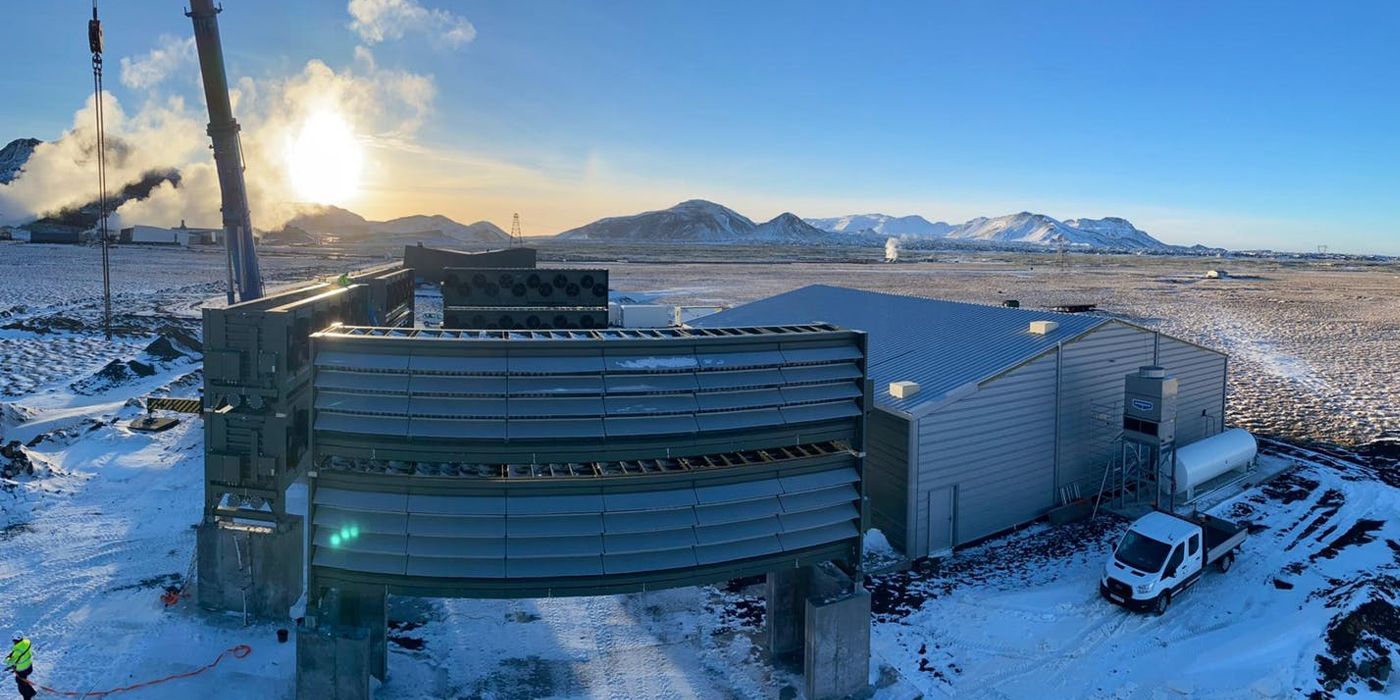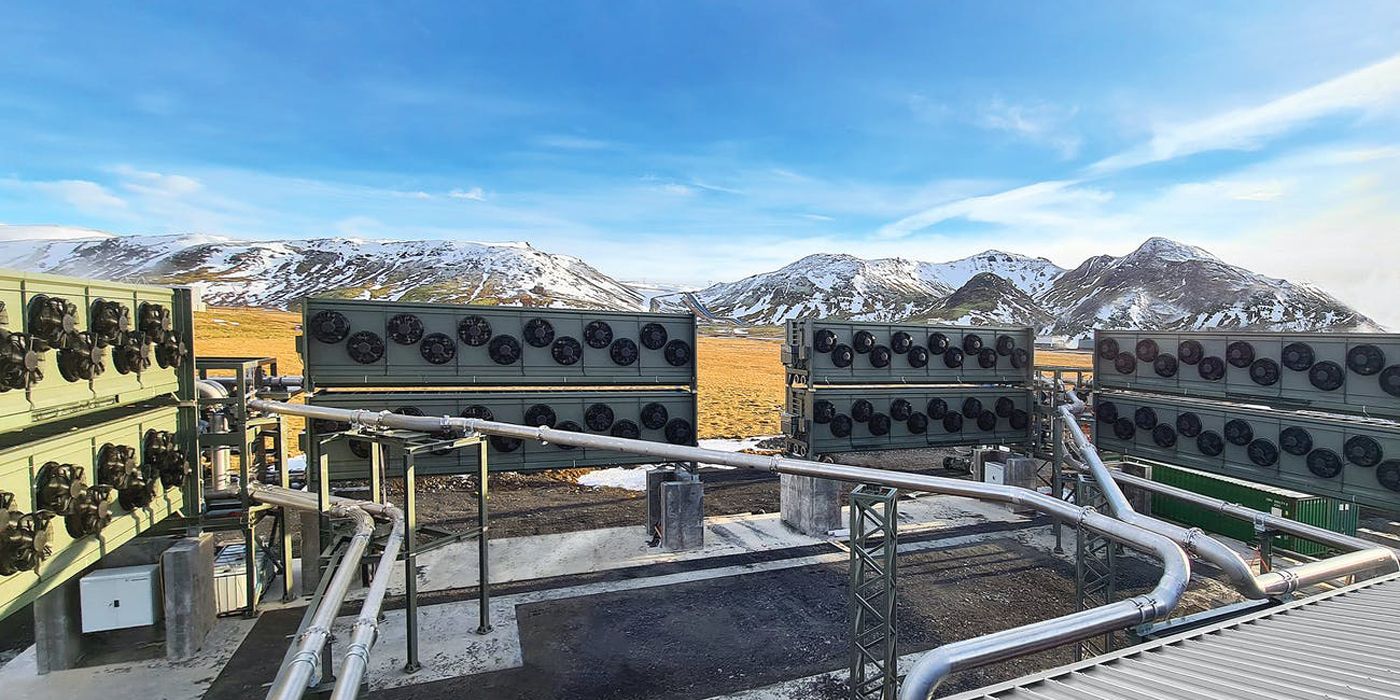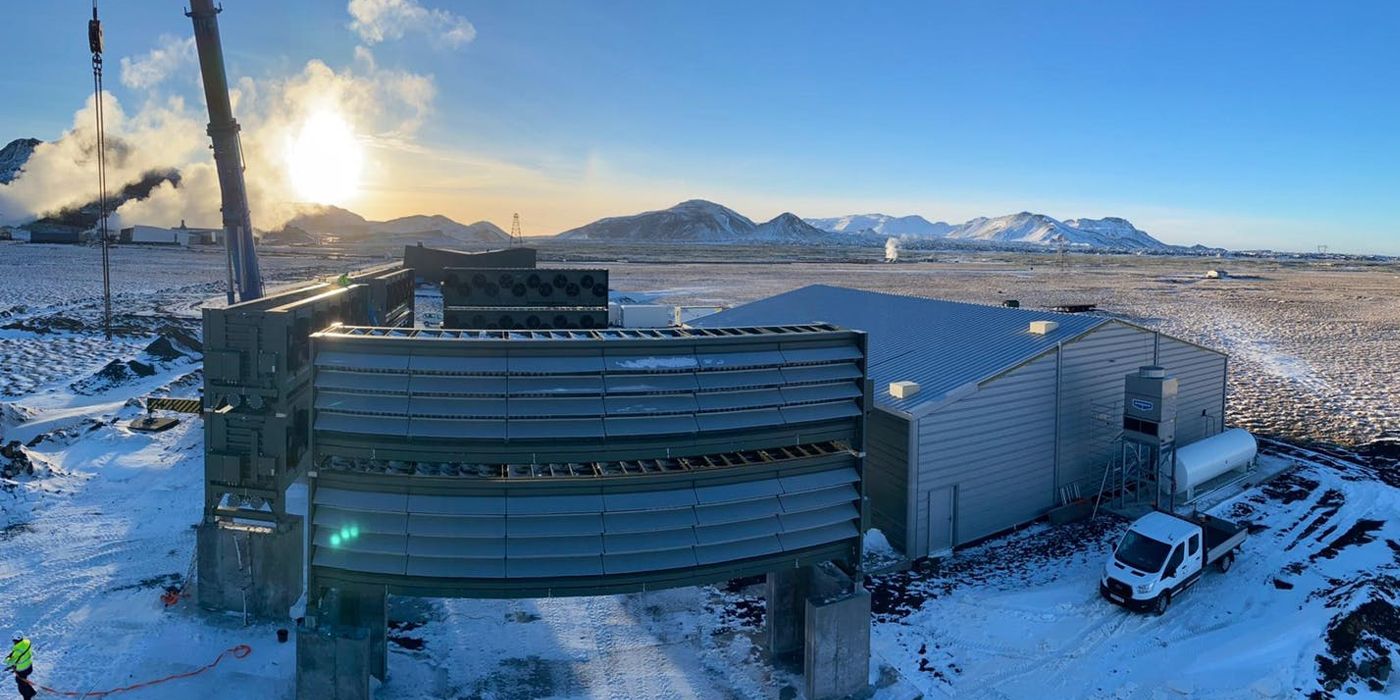
A new direct air capture plant, which sucks carbon dioxide out of the atmosphere, has come online in Iceland. The Orca Plant is situated twenty miles southeast of Iceland’s capital Reykjavík. What differentiates the Orca plant from other green technologies available is that other carbon capture mechanisms prevent carbon dioxide from being released from machines that produce emissions in the first place. The Orca plant on the other hand sucks the carbon dioxide that’s in the atmosphere already. Plants such as Orca show a hopeful glimpse into how humanity can help the world recover from the damage we have caused.
Green energy and other preventative measures have been adopted worldwide to help stem climate change. For example, to combat trees being cut down for commercial purposes, scientists came up with a way to generate a wood-like substance out of Kombucha. Additionally, in China, an air turbine has been developed that is so big and powerful that it can power 20,000 homes. People at home browsing the internet can also plant trees through the web browser Ecosia.
Related: China Reveals New Wind Turbine Could Power 20,000 Homes On Its Own
But, like any venture, the company can’t just work for free. In order to help reduce the amount of carbon in the atmosphere, Climeworks, the Swiss company behind the Orca plant, have several price plans for individuals and corporations to fund the facility. For the equivalent of $8 per month, you will have paid for 85KG of carbon to be removed from the atmosphere over the course of a year. A monthly pledge of $26 will remove 255kg per year and $60 for 600kg of carbon per year. Opening Orca to the world could be an effective way for people to do their part, but as there is just this one plant, and in an already eco-friendly country with high amounts of renewable energy, one has to wonder how much good it will do for the environment. Is Orca saving the world’s emissions, or just Iceland’s?

Climeworks, which began carbon absorption operations in 2017. The Orca plant is the company’s first large-scale carbon direct air capture plant. Located in the picturesque Icelandic wilderness, it aims to absorb carbon riddled air, remove the CO2, and then release the gas back into the ozone. The carbon is then taken underground where it is then stored and eventually turned into stone. According to Climeworks, Orca is set to capture 4,000 tons of CO₂ per year, making it the world’s largest climate-positive facility to date.
One would be rightfully wondering why Climeworks chose Iceland, one of the world’s leaders in air quality. Climeworks was approached by the Icelandic government in July of this year to produce negative carbon facilities. Already benefiting from clean air, the country wanted to further its efforts in a big way. Plants such as Orca could reach Germany in the future as a regional subsidiary of Climeworks has been set up in Cologne. Another factor is that these countries are wealthy enough to be able to afford facilities such as these, whereas the majority of the most polluted countries in the world — according to the World Population Review — are fairly poor by comparison.
But how effective will the new plant be at actually curbing the carbon in Earth’s atmosphere? The Orca plant alone can capture 4,000 tonnes per year. This is a meager figure compared to the 5.1 billion tons of carbon the USA produced in 2019, according to the U.S. Government. We’d need over a million Orca-level plants to actually offset that amount of carbon release. Until the world can mass-produce plants similar to Orca, perhaps we should turn our attention to nuclear fusion?
Next: Is Bitcoin An Environmental Nightmare?
Source: Climeworks, US Government
Article Source and Credit screenrant.com https://screenrant.com/carbon-capture-plant-orca-climeworks/ Buy Tickets for every event – Sports, Concerts, Festivals and more buytickets.com

Leave a Reply
You must be logged in to post a comment.